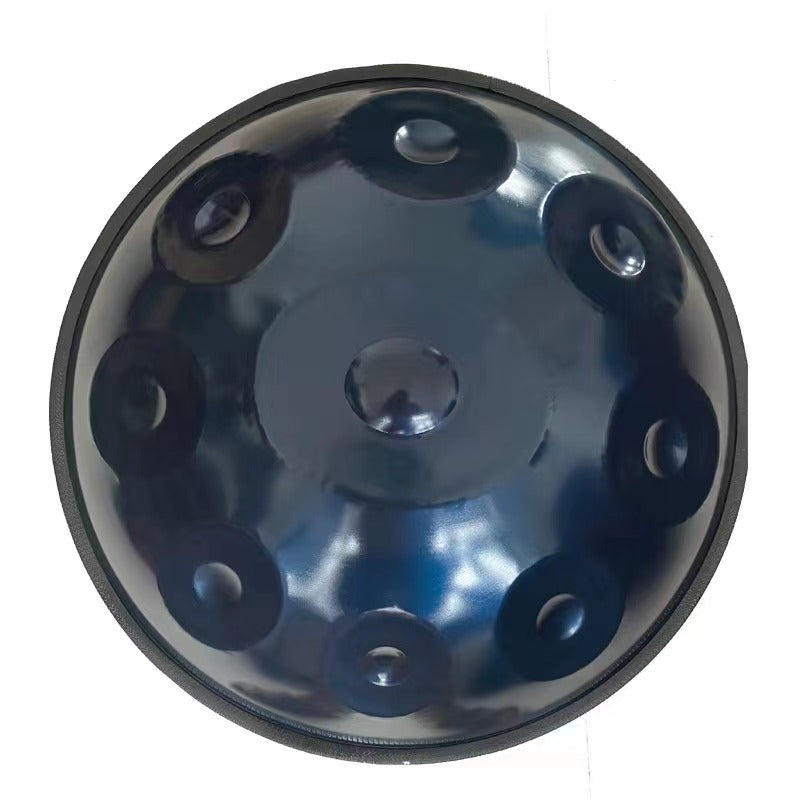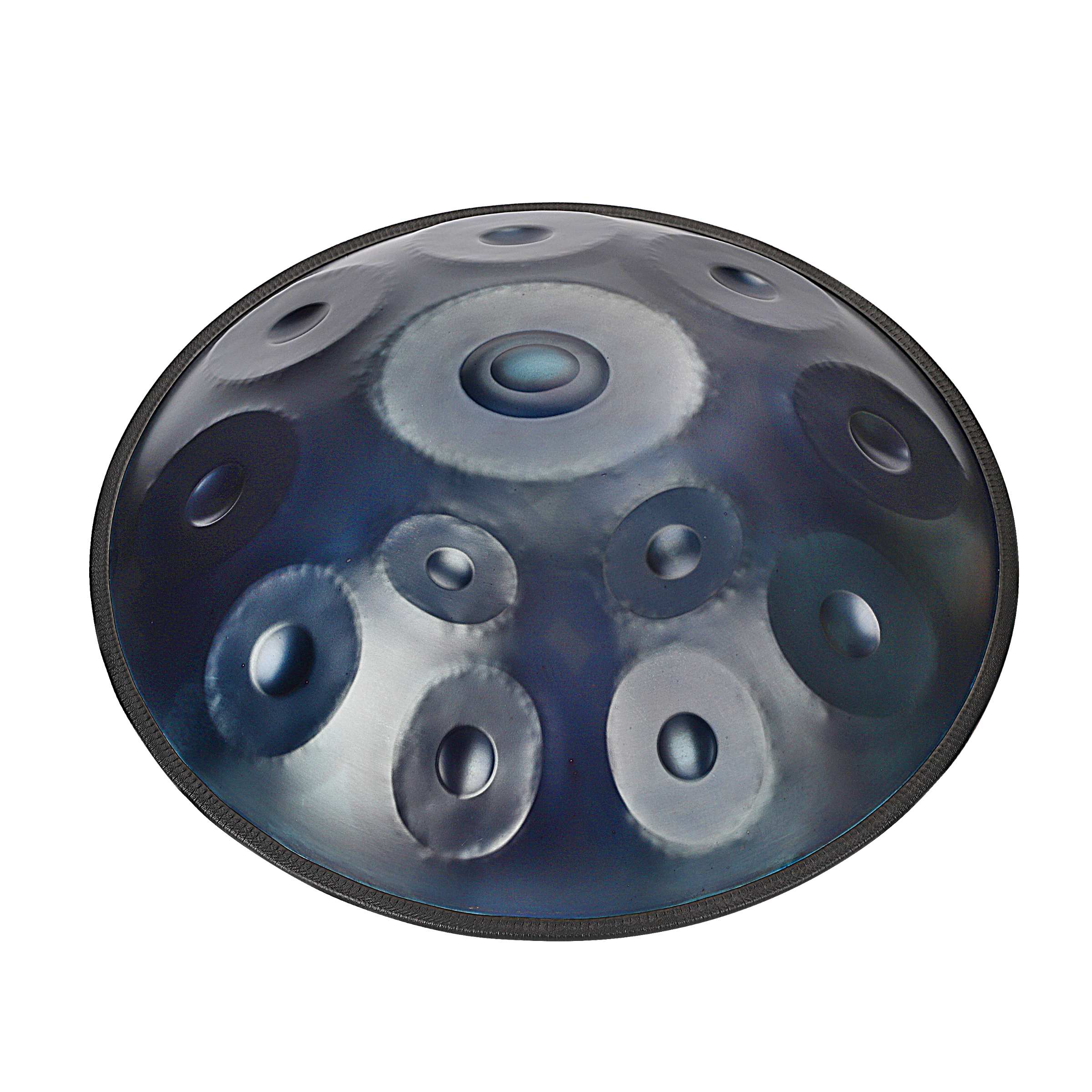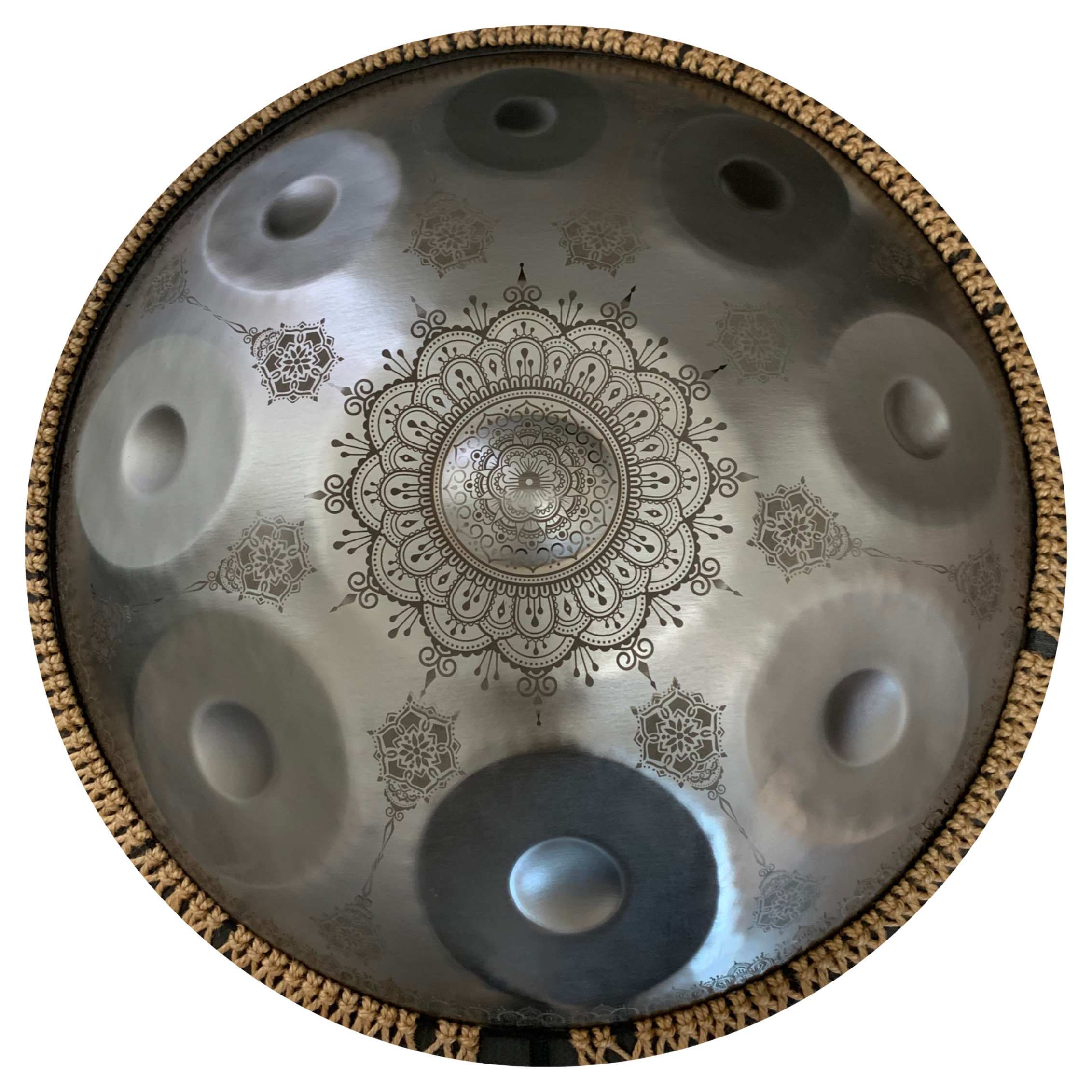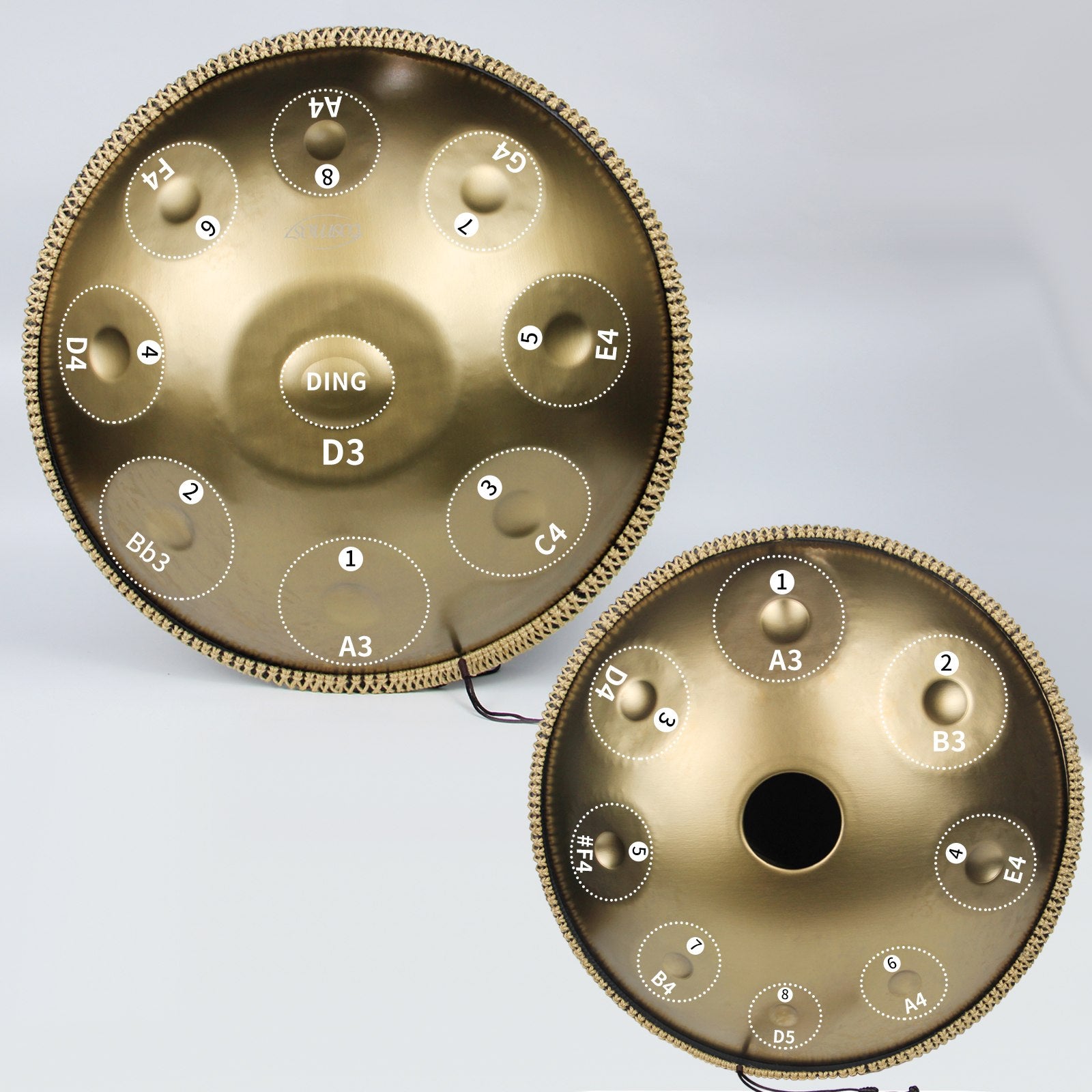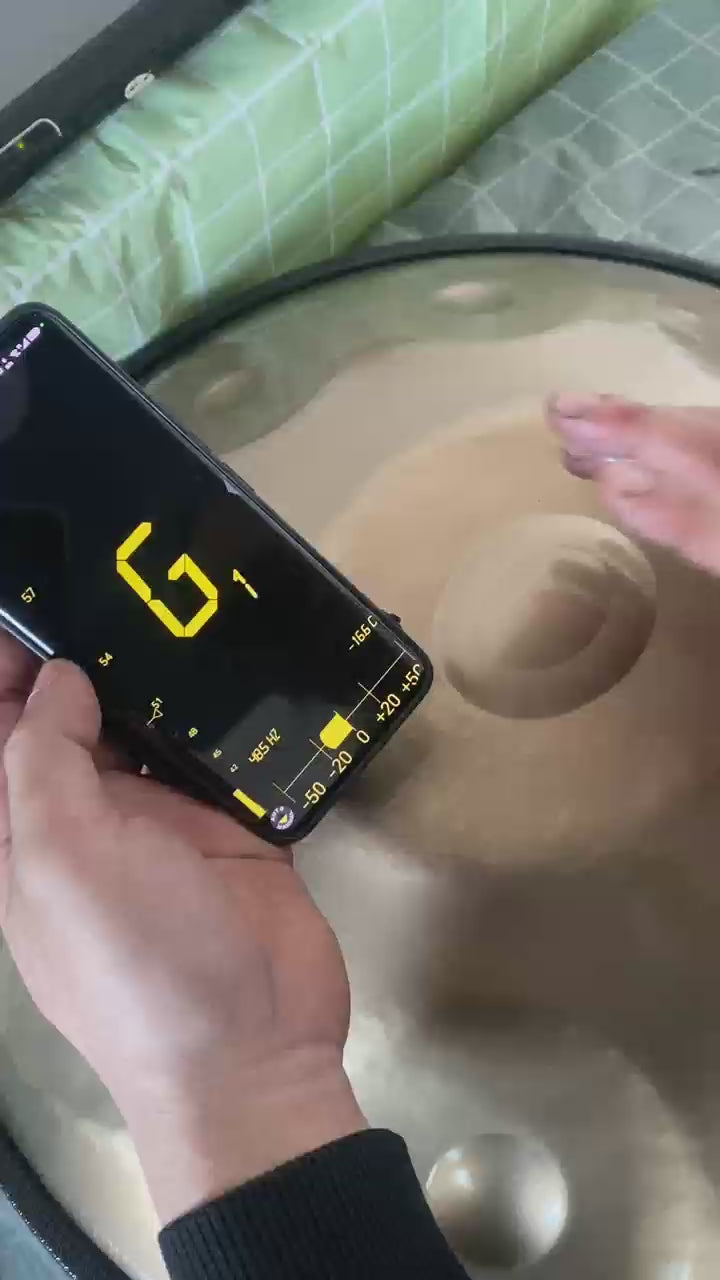The handpan, with its enchanting melodies and unique design, has captured the hearts of musicians and enthusiasts worldwide. As aspiring players embark on the journey to master this mesmerizing instrument, a common question arises: Is the handpan hard to learn? In this blog post, we'll explore the learning curve of the handpan, providing insights into the challenges and rewards that come with embracing the art of playing this harmonious percussion instrument.
Beginner-friendly:
One of the wonderful things about the handpan is affinity for beginners. The handpan allows beginners to create captivating melodies with relative ease. The instrument's intuitive design encourages exploration and experimentation from the start. Cosmoshandpan's 9-note Kurd in D minor is recommended for beginners to get started.
Intuitive Playing Technique:
The handpan is played with the hands and fingers, eliminating the need for complex techniques like fingerings or bowing. Its intuitive playing technique allows individuals with little or no musical background to produce resonant and beautiful tones. This simplicity contributes to the handpan's reputation as an approachable instrument.
Limited Note Arrangement:
While the limited note arrangement on the handpan contributes to its distinctive sound, it also simplifies the learning process. Novice players can focus on a smaller set of notes, gradually expanding their repertoire as they become more comfortable with the instrument. This gradual progression makes the handpan more manageable for learners.
Patience and Persistence:
Like any musical instrument, mastering the handpan requires patience and persistence. Developing a rhythmic sense, understanding handpan scales, and refining playing techniques are gradual processes that unfold over time. Embracing the learning journey with a positive mindset and a commitment to practice is key to overcoming challenges.


